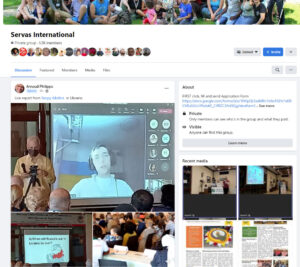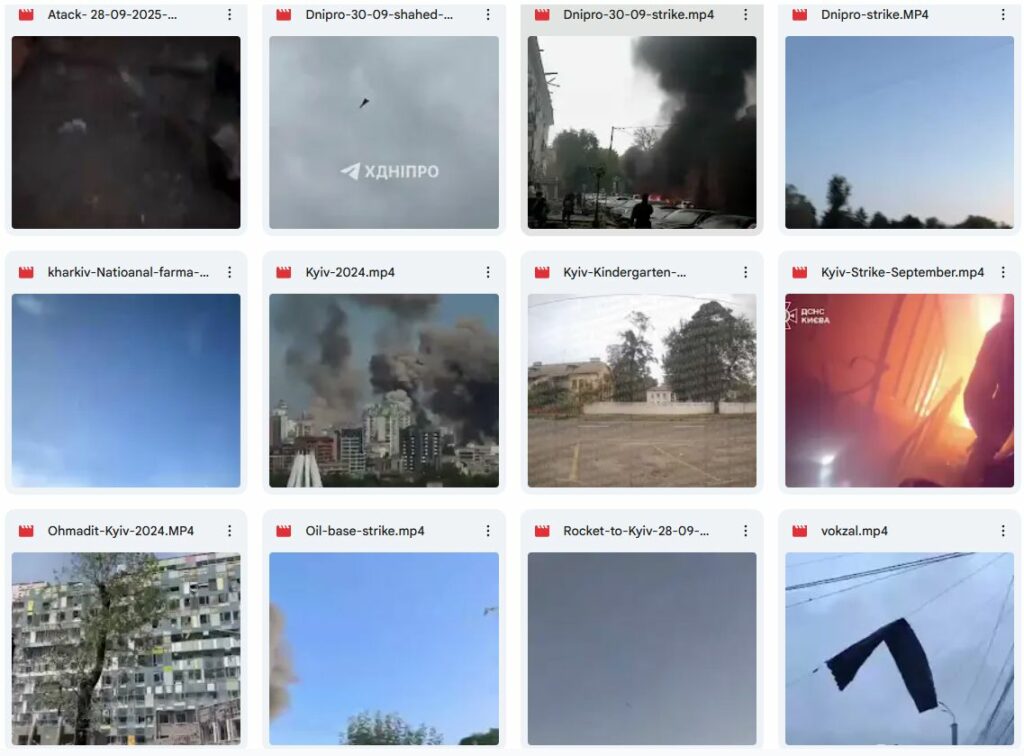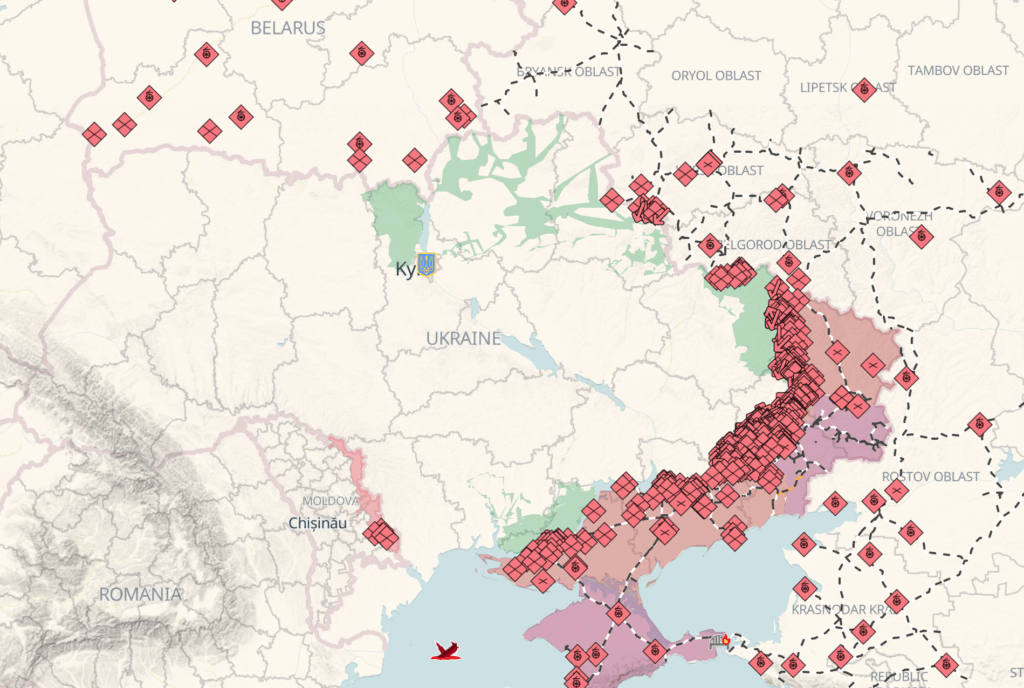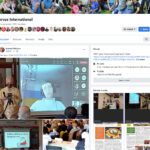Good evening, everyone.
Thank you for the chance to speak.
This is a video version of my speech about the situation in Ukraine.
I want to share a brief picture of life in Ukraine, as of early October 2025, after more than three years of full-scale war.
Since the start of the invasion of Ukraine (February 2022), my family and I have remained in Ukraine, so I can share with you our current situation as of early October 2025.
Let me introduce myself!
I’m Sergey Kibitkin, National Secretary of Servas Ukraine.
I’ve been with Servas since 2012.
What facts support my report and speech?
I was born in Ukraine in 1975 and lived in this country for almost 50 years.
I lived in Eastern Ukraine for 22 years, and then spent the remaining 28 years in Western Ukraine.
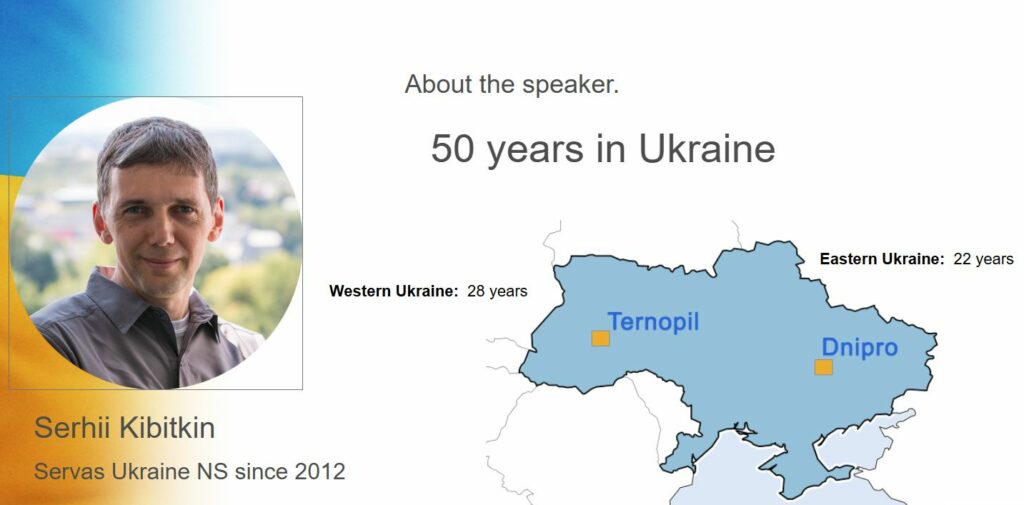
Since the invasion of Ukraine, I have not left the country.
I experienced the main stages of the war over the 3 years.
You can see my first report and presentation on this page – servas.org.ua/servas-in-armed-conflict-2022
It’s hard to believe that October 1, 2025, marks more than three years of war in Ukraine—or more precisely, three years, seven months, and seven days, or simply 1,315 calendar days.
For those unfamiliar with the causes and chronology of the conflict between Ukraine and Russia, I recommend watching this educational video.
I’m not a military expert or financial analyst, so I’ll tell you about our life in a country where war has been raging for over three years.
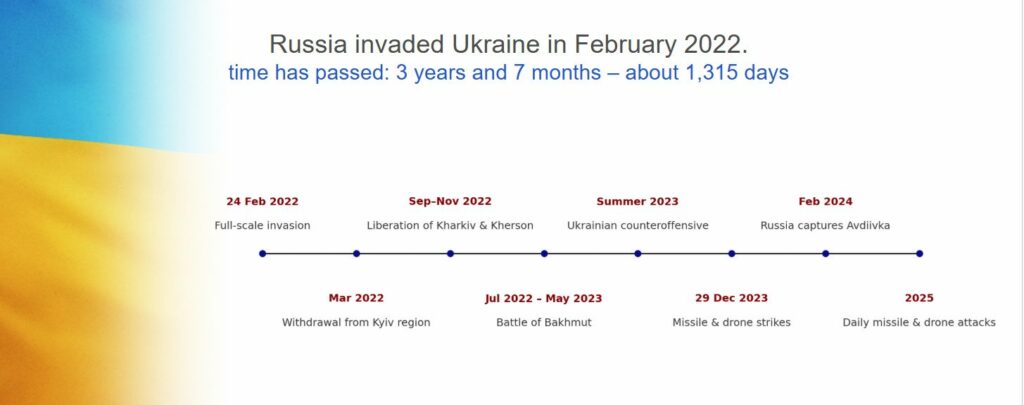
How many people have left Ukraine since the invasion?
Since the full-scale invasion in February 2022, millions of people have fled Ukraine.
Different trackers use different definitions (registered refugees vs. those who crossed borders) and dates, but authoritative counts from UN agencies and major humanitarian monitors show several million refugees abroad and several million more internally displaced.
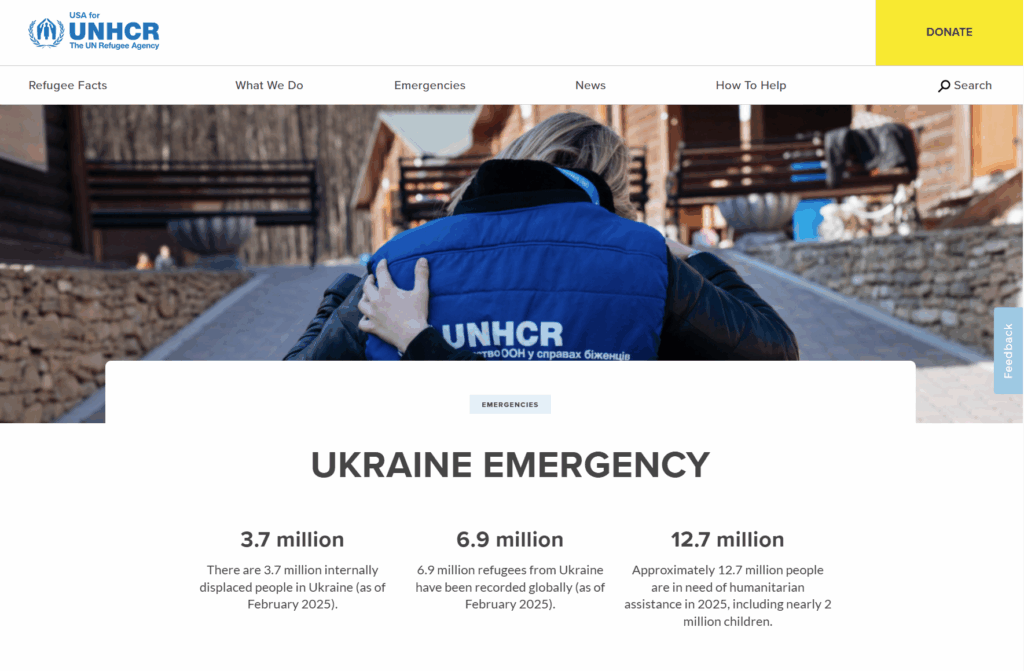 For example, UN/UNHCR–linked reporting around early–mid-2025 recorded roughly 6.9 million people living outside Ukraine at various reference dates, while about 3.7 million people were internally displaced inside Ukraine (figures vary by source and date as returns also occur).
For example, UN/UNHCR–linked reporting around early–mid-2025 recorded roughly 6.9 million people living outside Ukraine at various reference dates, while about 3.7 million people were internally displaced inside Ukraine (figures vary by source and date as returns also occur).
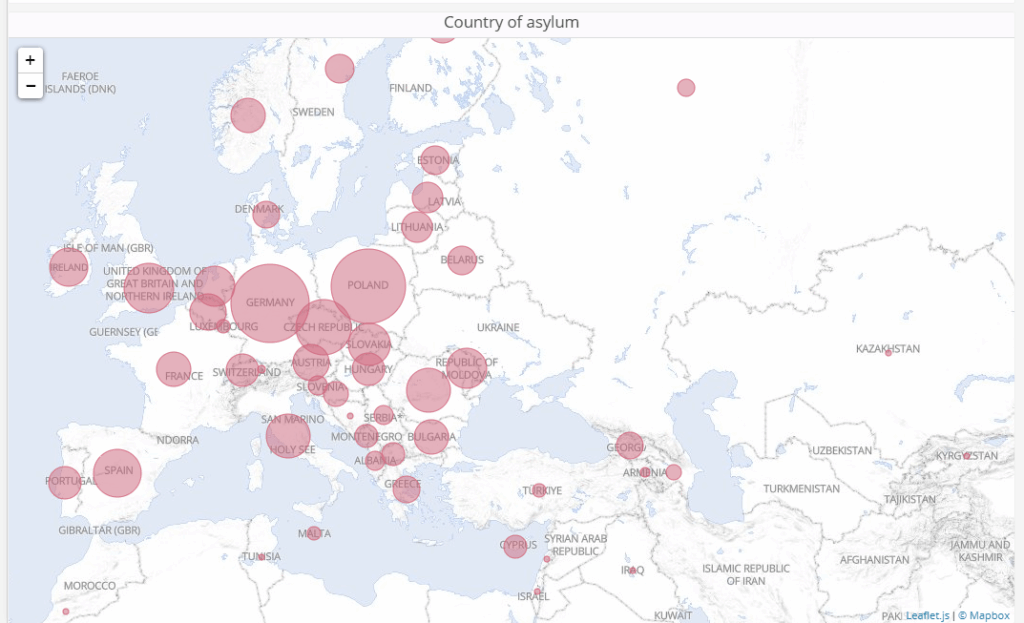
These numbers reflect registrations, returns, and continuing movement rather than a single cumulative “ever left” count. (source: UN Refugees)
European countries have sheltered refugees, hoping the war would end quickly and they would be able to return home.
However, the current situation is protracted; since 2022, people have been living far from their homes for over three years.
Those who remain have begun to integrate into the surrounding conditions of their host countries.
The support of Servas members at the local level for each refugee plays a crucial role in this.|
Let me quote Helen Zhukova, Servas Ukraine member. (German language).
She is temporarily located in Switzerland.
Most sources also provide additional details for refugees from Ukraine.
- Housing shortage & cost pressures. Many refugees were housed in private host arrangements or temporary centers. As the crisis continues, some countries face rising costs and a shortage of medium-term accommodation; some support schemes (host payments) have been reduced or restructured. The Sun
- Labour-market integration barriers. Recognition of qualifications, language, childcare, and local administrative hurdles slow refugees’ access to stable jobs even where vacancies exist. Several EU studies document uneven access to work and services, and labour integration remains a long-term task. Eurofound
- Welfare fatigue and political backlash. In countries that initially received large numbers (Poland, Czechia, Romania, Baltic states), public support has been strong but political strains and policy tightening are appearing in some places as the financial and administrative burden continues. A recent analysis from S&P and reporting in 2025 note both economic opportunities and social tensions as migration becomes long term. Reuters
- Patchy legal routes outside the EU. In the US and Canada, Ukrainians access a mix of humanitarian routes, special visas, private sponsorships, and regular immigration channels. These are generally slower and more fragmented than the EU’s Temporary Protection framework, producing delays and uncertainty for many families. Canadian immigration planning (2024–26) does show higher intake targets but practical access remains complex. Canada.ca
Another problem facing young people who left Ukraine is how to continue or complete their education.
I’ll tell you my story: my son Denis was 18 years old when the invasion began and moved to Slovakia, where he was accepted by Peter’s family in Bratislava.
He managed to enroll in a local school, but he still wanted to complete his education at a Ukrainian university.
Now he’s in his fourth year of university, but he can’t always pass lab assignments and coursework on the first try.
Why?
Because Ukraine is under daily shelling, and children have to leave classes for bomb shelters.
This is Air Raid Alarm map of Ukraine during one working day.
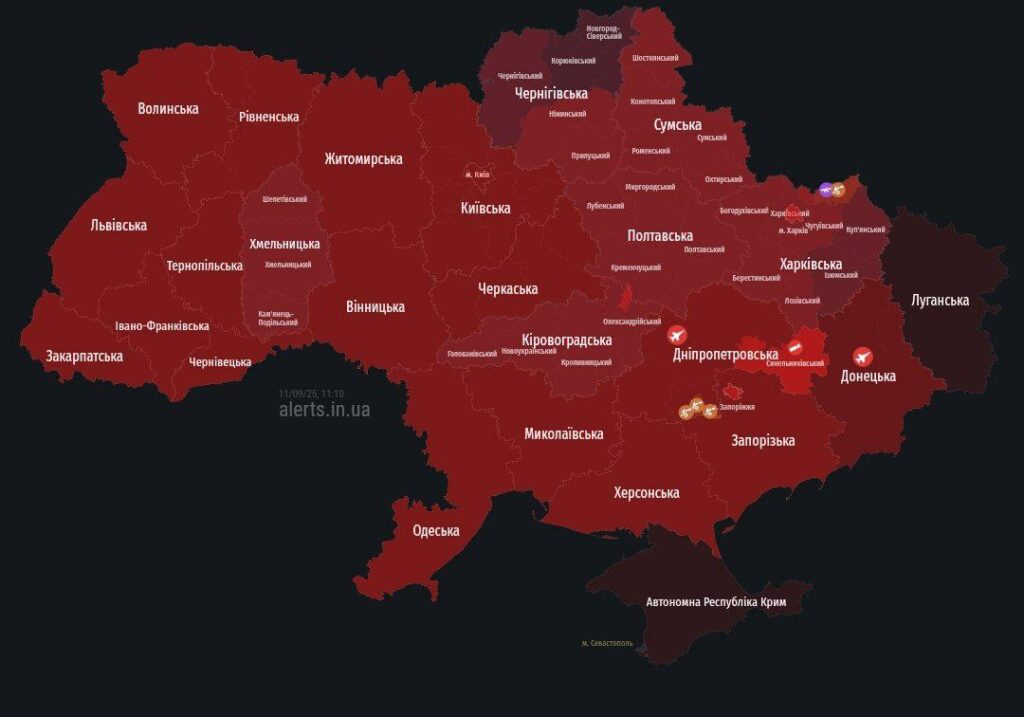
While any European starts their morning with the weather forecast and news, in Ukraine, it usually begins with strike maps.
Which cities were bombed, where there was destruction?
This image is a report of aircraft shot down while approaching Ukrainian cities.
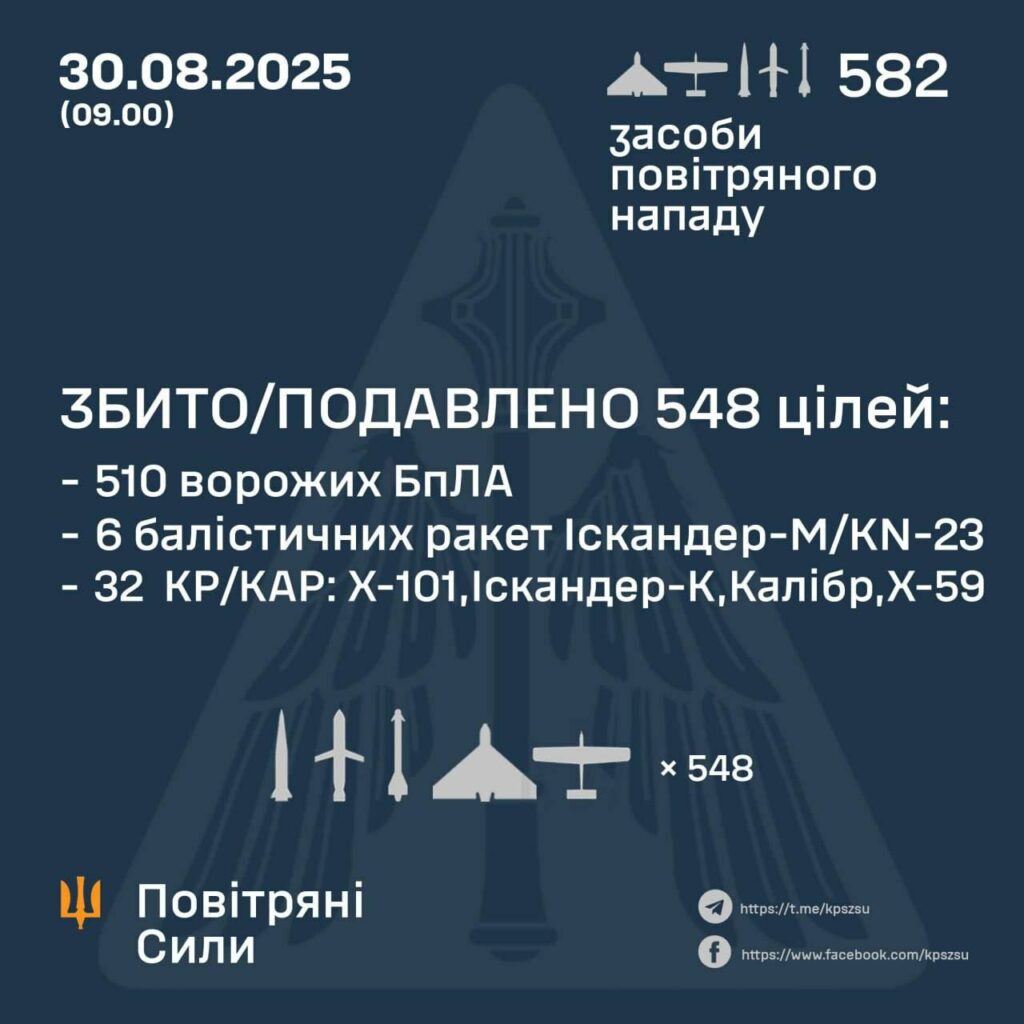
The Putin regime is using a wide range of means to destroy Ukraine’s infrastructure constantly.
Primarily, these include power plants, transmission systems, transportation highways, and any civilian infrastructure.
What is the goal of the Putin regime?
To plunge the country into chaos, to cause the people suffering, and to use them as leverage to exert pressure on the government.
This is a real video of the result of the night attack on Kyiv (capital of Ukraine) and Zaporizhia (eastern part of Ukraine).
Over the past three years, a significant amount of video footage of attacks on cities has accumulated.
I’ll show you a few examples. Watch videos.
And this brings us to the next point:
The military situation in Ukraine.
To get up-to-date information on the fronts, I recommend the free service DeepState – deepstatemap.live
From the map, it is clear that the main fighting is occurring in eastern Ukraine.
The closer a major city is to the front line, the greater the chance of it being shelled.
This applies to Kharkiv, Zaporizhzhia, Kherson, and Mykolaiv.
The capital, Kyiv, is a sacred site for Putin’s regime. It is hit almost daily by cruise missiles and drones.
Typically, it’s the urban population that suffers, as strikes often target homes or factories.
In the picture, the direction of attack (September 7, 2025).
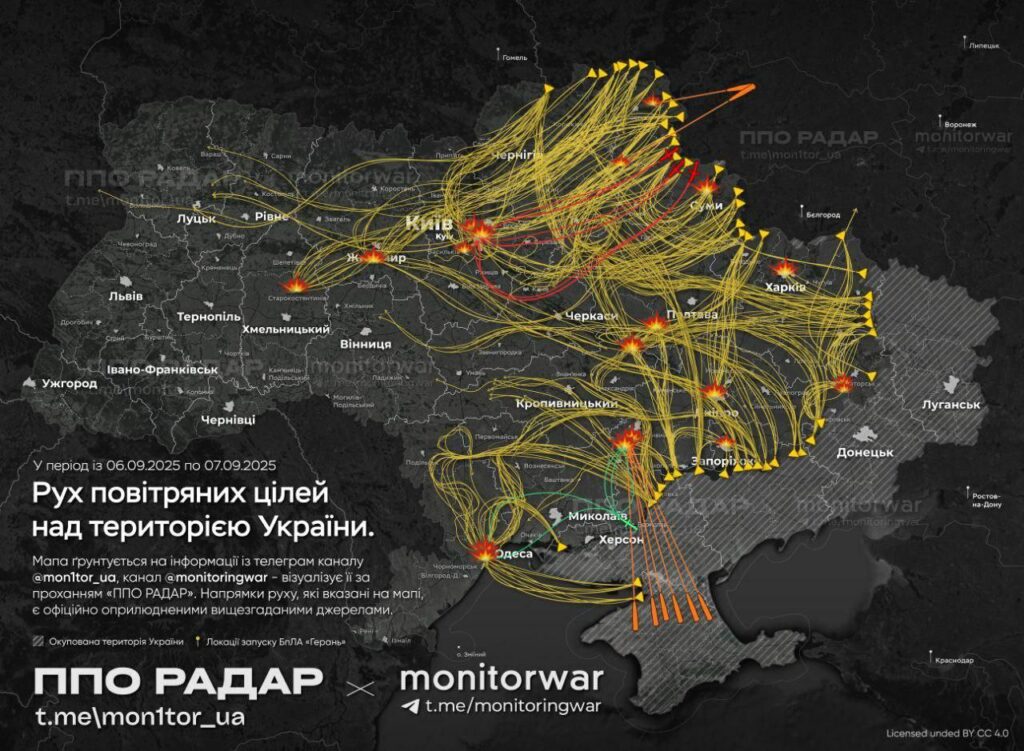
I won’t be unfounded, I’ll show you how this looks using examples of cities: Attack on Kharkiv Pharmaceutical University
Photo – before / after strike – Dnipro – the strike was near the Southern Machine-Building Plant, the strike was on the shopping center.
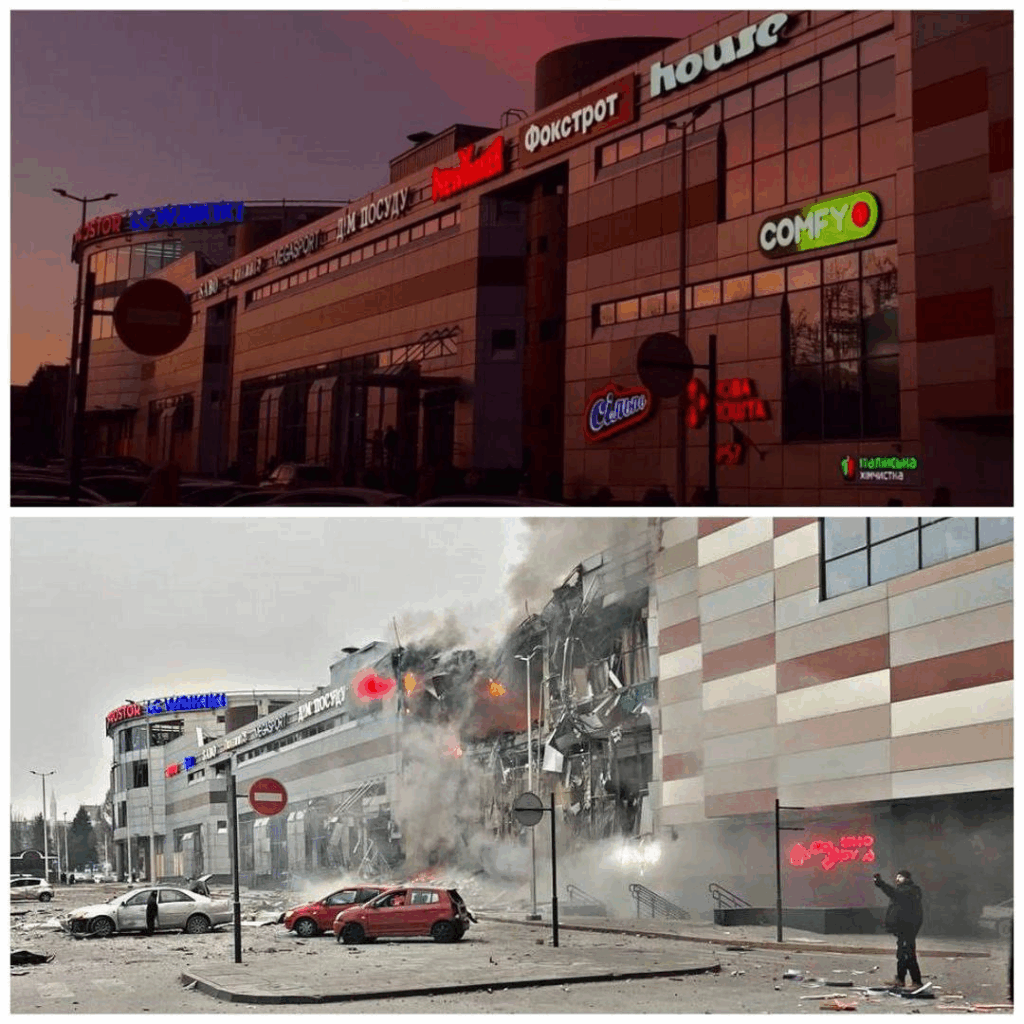
However, don’t think the western part isn’t feeling the brunt of the attacks.
I’m providing a map of strikes over the course of one night, with the majority of attacks targeting the western regions of Ukraine.
Screenshot: Directions of Strikes (Western Ukraine).
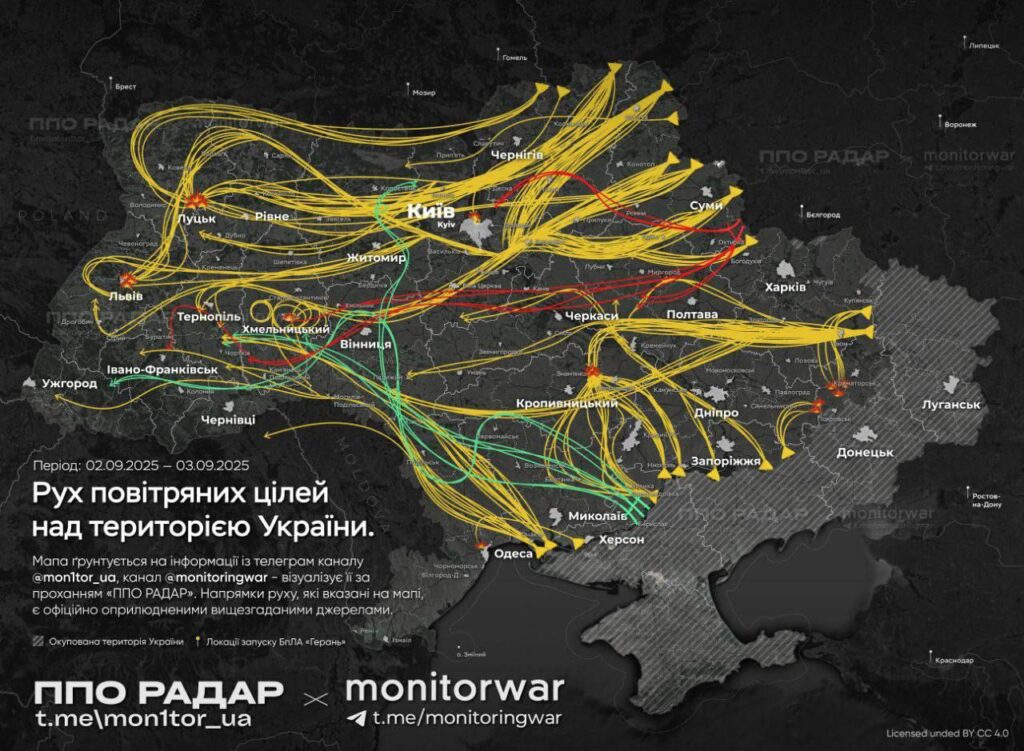
Strikes on Ukraine typically occur late at night, when most people are asleep.
The strikes are carried out in waves to exhaust Ukraine’s air defenses.
The first air raid alarm typically occurs around 1-2 AM, while the second is closer to morning, around 4-5 AM.
It’s one thing to see missile strikes on TV, but it’s quite another to see them happen in real life.
It’s truly terrifying. The windows shake, the shock wave is very strong.
But the worst thing about this situation is that you can’t predict anything. Where and when the strike will occur.
Despite this situation, we are trying to live, work, and raise our children.
Can you ask me how you can help Ukraine?
Practical, effective actions:
- Donate to reputable humanitarian organisations with Ukraine operations (UNHCR, ICRC/IFRC, UNICEF, local Ukrainian NGOs like Razom for Ukraine, Come Back Alive for medical and civilian support). Check charity watchdogs for legitimacy. UN Refugees
- Support local resettlement/sponsorship drives in your country — volunteer, host, or help with language tutoring and job-search support.
- Hire or contract Ukrainian professionals (remote work) where possible — employment is one of the fastest routes to stability.
- Advocate with policymakers: encourage durable humanitarian funding, visa/work pathways, and de-bureaucratisation of recognition/qualification processes.
- Fund or support legal / mental-health services — many refugees need help with paperwork, trauma counselling, and child support.
- Share verified information and trusted resources (avoid amplifying unverified battlefield claims).
How to get more info about Ukraine?
For more information about the war in Ukraine, I recommend the following resources:
- UNHCR — Ukraine situation & statistics. Data UNHCR
- OCHA — humanitarian bulletins for Ukraine. ReliefWeb
- OHCHR / HRMMU — civilian casualty updates. ВК ООН з прав людини в Україні
- Institute for the Study of War (ISW) — Russian Offensive Campaign Assessments. Understanding War
- ACLED — Ukraine conflict monitor (data & maps). ACLED
- Ukrainska pravda – English version – https://www.pravda.com.ua/eng/
- United 24 – https://u24.gov.ua/
Additional resources after “Speakers’ corner” questions:
🦵 Humanitarian funds that help people who have lost limbs as a result of war:
- O.U.R. Foundation (US nonprofit for Ukrainian war amputees) – ourfoundationusa.org
- Protez Foundation – www.protezfoundation.org
- Health of the Ukrainian People (national program #SaveTheLimb) – houp.org
- Superhumans Center (Superhumans Ukraine, Inc.) – superhumans.com/en
Additional info:
Online interactive map of War in Ukraine – DeesState – https://deepstatemap.live/en#10/48.1555509/37.5292969
Any questions?
Please reach me directly!
My Feedback form for your questions is available here.
More details: My presentation for SICOGA-2025

Regards,
Serhii Kibitkin,
Servas Ukraine, National Secretary.
